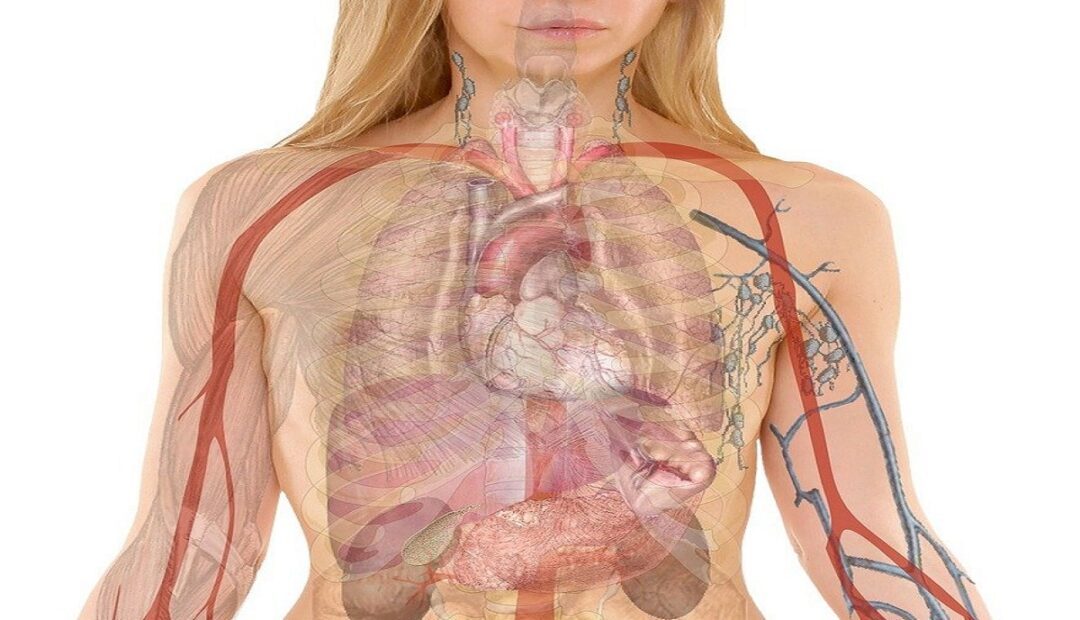HUMAN EYE – STRUCTURE, FUNCTIONS AND PARTS
HUMAN EYE – STRUCTURE, FUNCTIONS AND PARTS Structure The human eye is spherical in shape and situated within a socket or orbit in the skull. It is attached to the skull by three pairs of muscle, which also control its movement. It is made up of three main layers; sclerotic layer, choroid and the light […]
HUMAN EYE – STRUCTURE, FUNCTIONS AND PARTS Read More »
